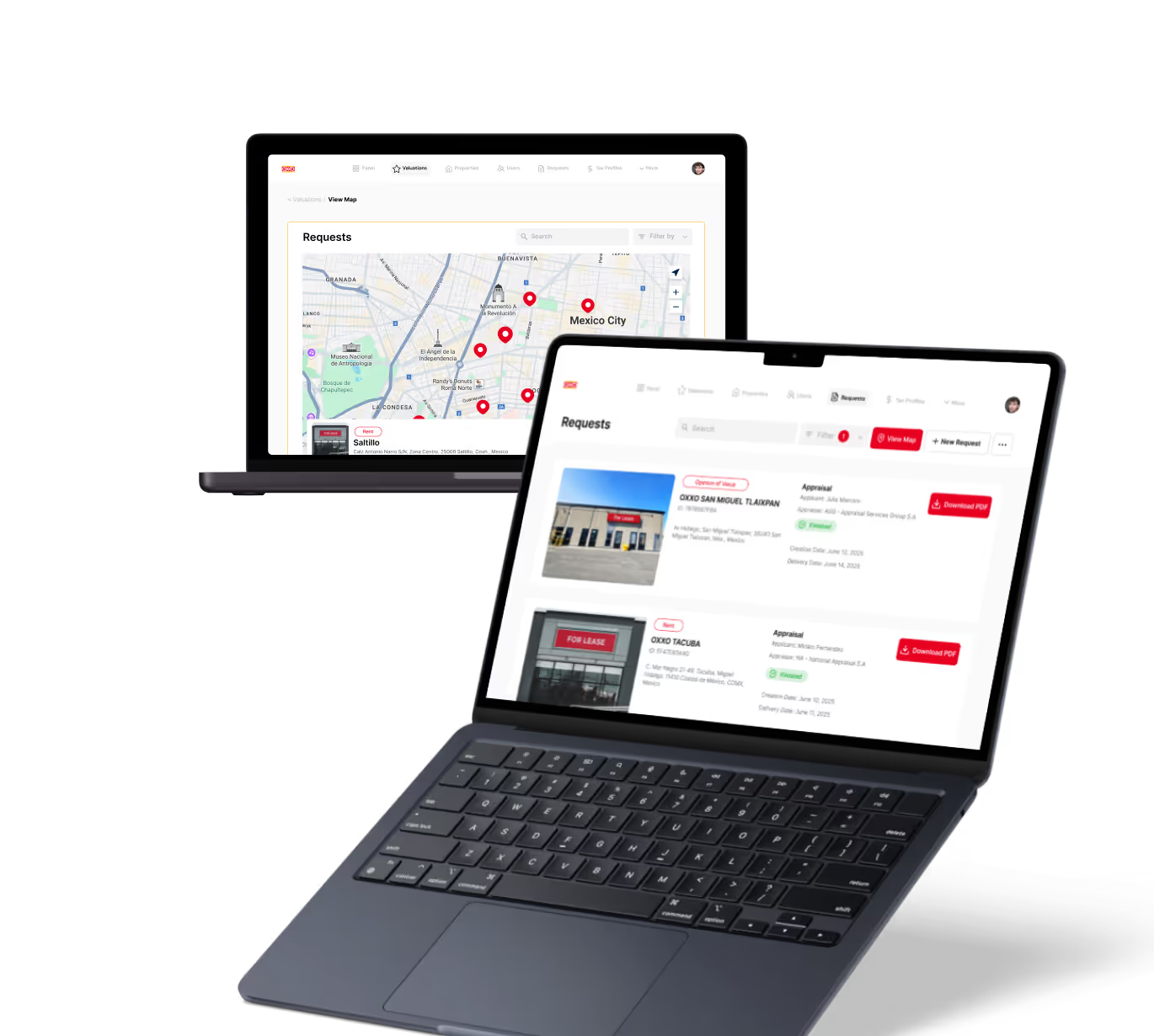HTTP Request in Automation
Automation
Learn how HTTP requests power automation workflows by connecting apps and services seamlessly.
Introduction to HTTP Requests in Automation
If you want to automate tasks between different apps or services, understanding HTTP requests is key. HTTP requests let your automation tools talk to websites, APIs, and cloud services to send or receive data.
In this article, you will learn what HTTP requests are, how they work in automation, and practical ways to use them with popular no-code and low-code platforms. This knowledge will help you build smarter workflows that save time and reduce manual work.
What Is an HTTP Request?
An HTTP request is a message sent by a client to a server asking for data or action. It follows the Hypertext Transfer Protocol (HTTP), which is the foundation of data communication on the web.
There are several types of HTTP requests, but the most common ones in automation are:
- GET: Retrieves data from a server.
- POST: Sends new data to a server.
- PUT: Updates existing data on a server.
- DELETE: Removes data from a server.
Each request includes a URL, headers, and sometimes a body with data. The server responds with status codes and data, which your automation can use to decide the next steps.
How HTTP Requests Enable Automation
Automation platforms use HTTP requests to connect with external services that don’t have built-in integrations. This opens up endless possibilities for customizing workflows.
Here’s how HTTP requests help automation:
- Data exchange: Send or receive information between apps.
- Trigger actions: Start workflows based on external events.
- Update records: Modify data in databases or CRMs automatically.
- Integrate APIs: Access features of third-party services.
For example, you can use an HTTP POST request in Zapier to create a new contact in a CRM when a form is submitted on your website.
Using HTTP Requests in Popular No-Code Tools
Many no-code and low-code platforms provide easy ways to send HTTP requests without coding.
- Zapier: The Webhooks app lets you send GET, POST, PUT, and DELETE requests to APIs. You can customize headers and payloads.
- Make (formerly Integromat): Offers HTTP modules to perform requests with detailed control over parameters and authentication.
- Bubble: The API Connector plugin allows you to connect to any REST API by configuring HTTP requests and parsing responses.
- Glide: Supports HTTP requests through integrations or custom actions to fetch or send data.
- FlutterFlow: Lets you call APIs via HTTP requests to integrate backend services into your app.
These tools simplify working with APIs, so you don’t need to write code but can still build powerful automations.
Practical Examples of HTTP Requests in Automation
Here are some real-world use cases where HTTP requests improve workflows:
- Form submissions: Send form data from Typeform to a Google Sheet using a POST request.
- Social media posting: Automatically post updates to Twitter or Facebook via their APIs.
- Inventory management: Update stock levels in an e-commerce platform when a sale happens.
- Notification systems: Trigger SMS or email alerts using services like Twilio or SendGrid.
- Data syncing: Keep customer data consistent between CRM and marketing tools.
These examples show how HTTP requests connect different systems to automate complex processes smoothly.
Best Practices for Using HTTP Requests in Automation
To get the most out of HTTP requests, keep these tips in mind:
- Understand API documentation: Read the API docs carefully to know required parameters and authentication methods.
- Handle errors gracefully: Check response status codes and add retry or fallback steps in your workflows.
- Secure your data: Use HTTPS and keep API keys private to protect sensitive information.
- Test thoroughly: Validate your requests and responses before deploying automation live.
- Limit request frequency: Respect API rate limits to avoid being blocked.
Following these practices ensures your automations run reliably and securely.
Conclusion: Mastering HTTP Requests for Smarter Automation
HTTP requests are the backbone of connecting apps and services in automation. By learning how to send and receive these requests, you unlock the power to build custom workflows that fit your exact needs.
Whether you use Zapier, Make, Bubble, or other no-code tools, understanding HTTP requests lets you integrate any API and automate tasks efficiently. Start experimenting with HTTP requests today to save time and boost productivity.
FAQs
What is an HTTP request in automation?
Which HTTP methods are commonly used in automation?
How do no-code tools use HTTP requests?
What are some examples of HTTP request use cases in automation?
How can I secure HTTP requests in my automation workflows?
Can I test HTTP requests before using them in automation?
Related Terms
See our numbers
315+
entrepreneurs and businesses trust LowCode Agency
Investing in custom business software pays off
We were managing property valuations across multiple brands, and the complexity was overwhelming our traditional processes. Every day of delay in property evaluation meant potential lost revenue and competitive disadvantage.
15,000+
property valuations managed through centralized platform
40%
reduction in valuation processing time

J.Antonio Avalos
,
Product Manager Lead
OXXO



%20(Custom).avif)